6 Smart Ways to Save Money on Your Utility Bills
You can use federal tax breaks to offset some projects that increase your home's energy efficiency and lower your bills.

Homeownership comes with its share of costs and one of the most common is utilities. Bankrate took a look at Americans' budgets and found we spend $380 on utilities on average each month, with the average home spending $136.84 in electricity and $69.38 in natural gas. (Your own expenses will vary depending on utility costs in your area, the size of your home and how heavily you use energy.
While many homeowners don't have a choice in their utility companies, there are other ways to lower operating costs through tax incentives by doing home improvements. Here are some of the best considerations.
Energy efficient home improvement credit
The federal government encourages energy-efficient home improvements by offering tax credits for certain upgrades, like installing skylights, getting new exterior doors or replacing your air conditioner. The energy efficient home improvement credit equals 30% of the costs of new, qualified clean energy property for your home installed anytime from 2022 through 2032. This credit can only be claimed for an existing home that you improve or add onto, not a new home. The credit is nonrefundable, so the credit amount you claim can't exceed the amount you owe in tax.

Sign up for Kiplinger’s Free E-Newsletters
Profit and prosper with the best of expert advice on investing, taxes, retirement, personal finance and more - straight to your e-mail.
Profit and prosper with the best of expert advice - straight to your e-mail.
Who can claim the credit? You may claim the residential clean energy credit for improvements to your main home, whether you own or rent it. You can't claim the credit if you're a landlord who doesn't live in the home or if you use a property solely for business purposes.
How much is the credit? For existing primary residences, putting in energy-efficient windows and doors, furnaces, air conditioners, insulation, water heaters, roofs and some other items qualifies you to take a tax credit of either 30% of the cost or specific amounts ranging from $150 to $2,000, depending on the improvement. There is an annual maximum of $1,200 (heat pumps, biomass stoves and boilers have a separate annual credit limit of $2,000) with no lifetime limit.
The credit is currently set to expire at the end of 2032 and lifetime caps have been eliminated. That means you can claim the percentage-based credit for each year you make qualifying green energy home improvements. (A credit is a dollar-for-dollar reduction of your tax bill.)
Check for state and local incentives and rebates, too. Massachusetts homeowners, for example, can take a tax credit of $1,000 or 15% of the cost (whichever is smaller) for installing solar- or wind-energy systems. Some utility companies offer rebates for buying energy-efficient appliances and equipment or making other improvements. To see incentives available in your area, enter your zip code at www.dsireusa.org and www.energystar.gov/rebate-finder.
Residential clean energy credit
This credit is more narrow in scope, but has wider application. Generally, the same people that qualify for the energy efficient home improvement credit, qualify for the residential clean energy credit. However, you may be able to claim a credit for certain improvements made to a second home that you live in part-time and don't rent to others.
This credit equals 30% of the costs of new, qualified clean energy property for your home installed anytime from 2022 through 2032. Qualified expenses may include labor costs for onsite preparation, assembly or original installation of the property and for piping or wiring to connect it to the home.
The credit has no annual or lifetime dollar limit except for credit limits for fuel cell property. The credit for fuel cell property is limited to $500 for each half kilowatt of capacity. If more than one person lives in the home, the combined credit for all residents can't exceed $1,667 for each half kilowatt of fuel cell capacity.
The credit only applies to new — not used — equipment. Eligible new equipment includes:
- Solar electric panels
- Solar water heaters
- Wind turbines
- Geothermal heat pumps
- Battery storage technology (new for 2023)
- Fuel cells
Upgrades that qualify for a federal tax credit
We’ve listed several upgrades that qualify for a federal tax credit and can pay off over time in energy savings (as well as a few that don’t come with a tax break from Uncle Sam but still trim your energy bills; see below). Cost estimates and tax credit amounts include installation unless otherwise noted.
Before you get started, consider investing a few hundred dollars in a home energy audit. You can claim a credit of 30% of the cost up to $150 tax credit on a home energy assessment performed by a professional who will identify problem areas in your house and suggest fixes.
With a blower door test, for example, a powerful fan set in an exterior door frame lowers air pressure inside the house, causing higher-pressure air outside to stream in through the house’s openings so the auditor can spot leaks. Auditors may also use infrared cameras, thermometers and furnace-efficiency meters to detect areas that need improvement. You can find a certified auditor in your area through the Residential Energy Services Network at www.hersindex.com. Your utility company may offer energy assessments or rebates for having one performed.

1. Insulation and air sealing
Cost: From a few hundred dollars for basic, do-it-yourself weather stripping and caulking to a few thousand dollars or more to upgrade insulation in your home.
Savings: An average 15% on heating and cooling costs — or an average 11% on total energy costs—for those who air seal their houses and add insulation in attics and crawl spaces or basements, according to the Environmental Protection Agency.
Tax credit: 30% of the cost of bulk insulation and air-sealing materials (installation costs are not eligible).
Ensuring that the inside of your home is protected from exterior cold air in the winter and warm air in the summer is one of the most cost-effective ways to save energy. That’s especially true in colder climates, although homes everywhere benefit from better insulation.
“The more a house exchanges air with the outdoors, the less efficient it is,” says John Hensley, quality assurance director for consulting and inspection company Building Performance Solutions. Sealing and insulating your home may even allow you to invest in a smaller heating and air conditioning system when you upgrade it.
Adding weather stripping and caulk around window and door trims that are leaking air is a relatively easy and low-cost place to start. When it comes to larger sealing and insulation projects — for which you’ll likely want help from a contractor —focusing on the attic, which tends to have greater exposure to heat, cold and moisture than other parts of the house, often makes sense.
Basements and crawl spaces are prime places to beef up insulation, too. And when you replace your roof and siding, you may want to add insulation over the roof sheathing or to your walls, says Jennifer Amann, buildings program director of the American Council for an Energy-Efficient Economy.
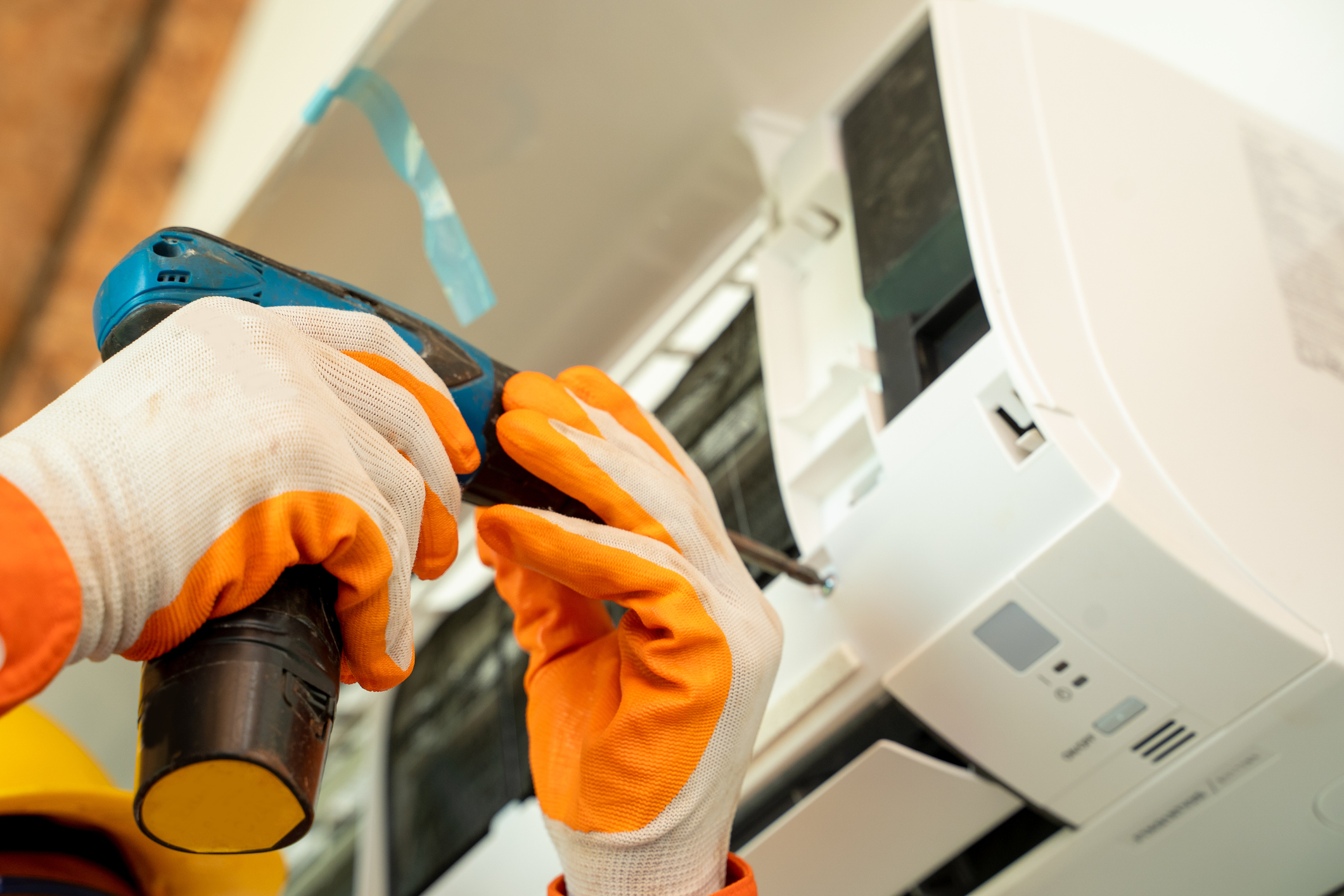
2. Heating and air conditioning
Cost: About $5,000 to $12,500 to upgrade both heating and cooling systems, depending on the size and efficiency of the units.
Savings: Replacing a heat pump or air conditioner that is more than 10 years old with a high-efficiency unit can save up to 20% on heating and cooling costs, according to Energy Star. Certified gas furnaces are up to 15% more energy-efficient than standard models and can save up to $85 a year in energy costs.
Tax credit: Up to $30% of cost or up to $600 for qualifying central air conditioners and efficient heating equipment; heat pumps, biomass stoves and boilers have a separate annual credit limit of 30% up to $2,000. Costs may include labor for installation.
If your heat pump or air conditioner is more than 10 years old, or if your furnace or boiler is more than 15 years old, it may be coming due for a replacement. Along with choosing an energy-efficient unit, “one of the most important things is to make sure a contractor comes out and does a full assessment of your current equipment needs rather than just saying that you have a 4-ton system and need to replace it with a 4-ton system,” says Amann.
To start, it’s possible that your current unit was not sized or installed properly. A professional should ensure that your new system is the appropriate size for the ductwork and refrigerant lines connected to it, says Hensley. And if you’ve made other upgrades that enhance your home’s efficiency, such as putting in new windows or adding insulation, that may affect the size of the equipment you need, too.
A professional can help guide you through the best options to update your heating and cooling system and whether switching from one type to another makes sense. You might want to consider replacing both your air conditioning and heating system with an air-source heat pump, which can produce significant energy savings. (We’re not talking about underground, geothermal heat pumps, which can cost $10,000 or more with installation.)
Air-source heat pumps use the surrounding air to heat and cool your home, so they rely on electricity to move heat rather than to generate it, making them highly energy-efficient. Historically, such heat pumps have been best suited to warm and moderate climates. But thanks to advances in the technology, they’re becoming a more feasible option in areas where temperatures frequently dip below freezing.
When an air-source heat pump replaces heating and cooling units in the northeast and mid-Atlantic regions, annual savings average $459 compared with electric resistance heaters and $948 compared with oil systems, according to Northeast Energy Efficiency Partnerships.
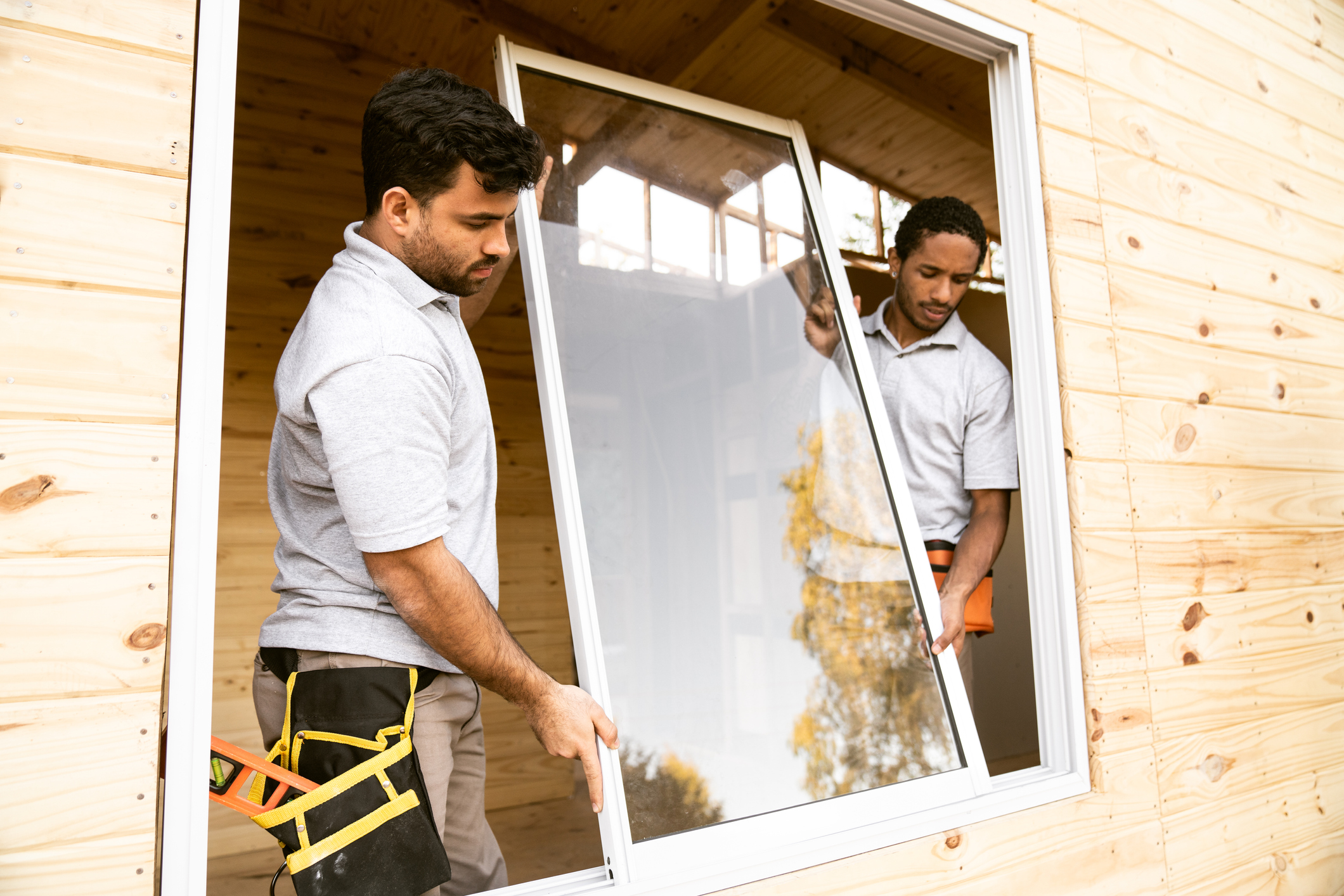
3. Windows
Cost: Replacing all of the windows in your home is one of the most expensive improvements on our list, but the savings on your energy bills and increased comfort make it worth serious consideration. Double-hung replacement windows with frames can range from $400 to $1,600 or more per window (including installation), depending on the brand and whether you choose vinyl or wood. Vinyl windows cost less and require less maintenance, and the frames can be filled with insulating foam.
Savings: Replacing single-pane windows with Energy Star–certified windows can save you from about $100 to nearly $600 in household energy bills a year for an average-size home, according to estimates by D&R International, an environmental consulting firm.
Tax credit: 30% of the cost of any Energy Star–certified windows (not including installation), up to $600. Energy Star skylights and doors are also eligible for a 30% credit.
Look for the Energy Star label, which means that the products meet the energy-saving criteria set by the Environmental Protection Agency. In the case of windows and doors, the key performance parameters are U-factor and Solar Heat Gain Coefficient (SHGC), according to Enesta Jones, senior press officer for the EPA.
U-factor is a measure of heat flow through the product (insulating power), and SHGC is a measure of the amount of heat from the sun that will pass through a window. Skylights, or tubular daylighting devices, which gather sunlight at the roof and transmit it down into the home through a diffusing lens, use the same technology as energy-efficient windows, and they naturally light your home.
All Energy Star windows, doors and skylights save energy (and help the environment), but the standards vary by region. Windows that meet the Energy Star specification in the southern U.S. generally cost less than windows that meet the standard in the northern U.S., which require more-expensive glass. To find your zone, go to www.energystar.gov and search for “climate zone.”
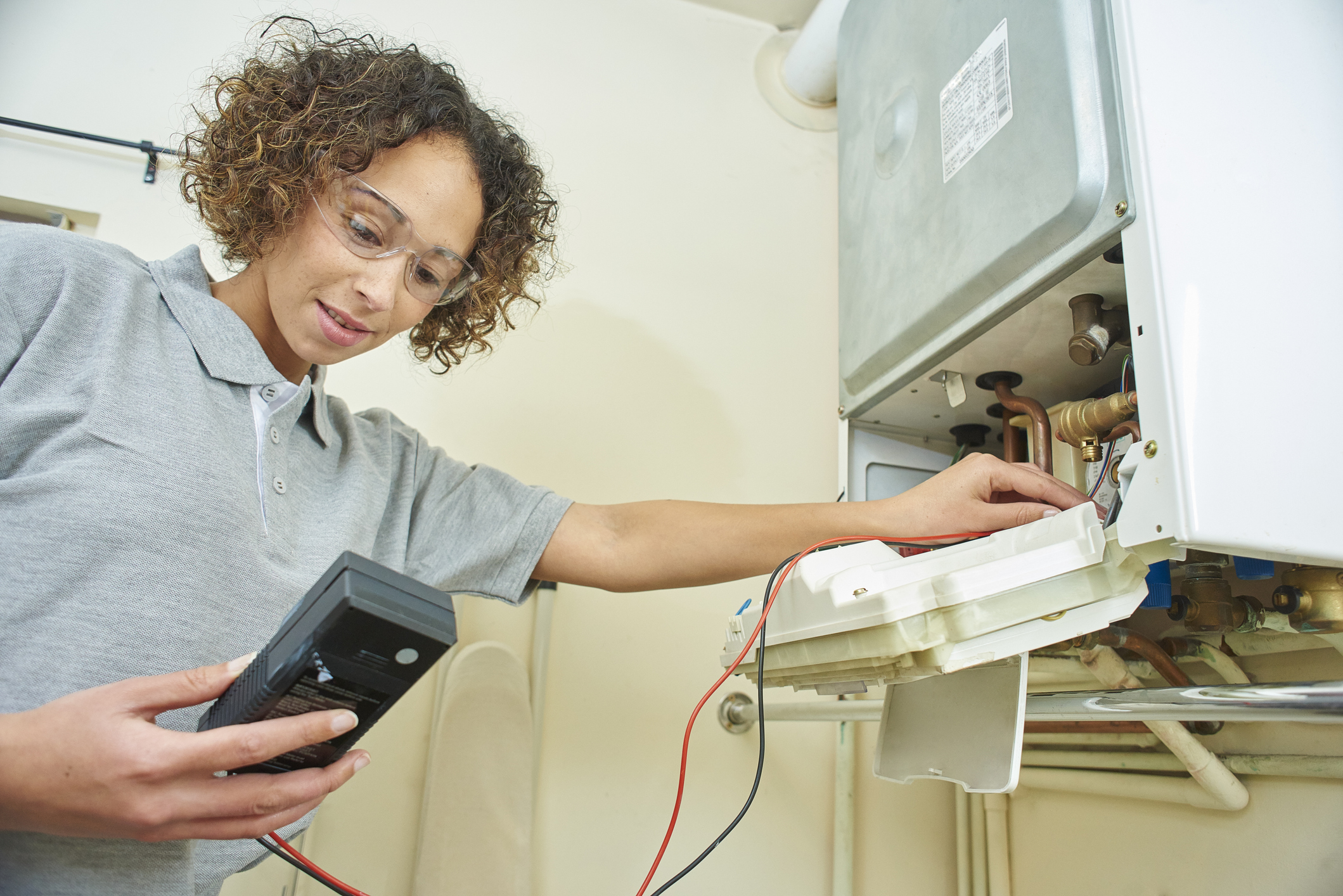
4. Water heaters
Cost: From about $1,000 to $2,000 to install a tank heater; up to $5,000 for a tankless heater.
Savings: An Energy Star gas storage water heater uses 10% less energy than a standard model, and a family of four can save hundreds of dollars in energy costs over its lifetime, according to Energy Star. With an electric heat pump water heater, a family of four can save as much as $3,750.
Tax credit: 30% of cost up to $600 for qualifying gas, oil, propane or electric heat pump water heaters.
Heating water uses a significant amount of energy in many homes — an average 12% of residential energy consumption, according to Energy Star. In most climates, it’s the second-highest component of residential energy bills, after heating and air conditioning, and in mild climates it may be the biggest energy user, says Amann.
New gas water heaters are considerably more efficient than past versions and may save you about $25 per month when you replace an older model, says Hensley. And tankless water heaters are worth a look, although their up-front costs are higher than tank heaters. They heat water on demand instead of regularly warming it in a tank, which means they can be about 24% to 34% more efficient than conventional tank heaters, according to the U.S. Department of Energy.
You may see substantial energy savings by switching to a heat pump for water heating. “If you’re in a home with an electric resistance water heater, in almost all situations a heat pump water heater will be a beneficial investment for you,” says Amann.
They typically cost at least $1,200 without installation, compared with as little as a few hundred dollars for a standard electric heater. But they use about one-third of the electricity, she says. Because a heat pump uses the air surrounding it to heat water, you can’t put it in a tight space, such as a small closet. But it should be a viable option in most homes.
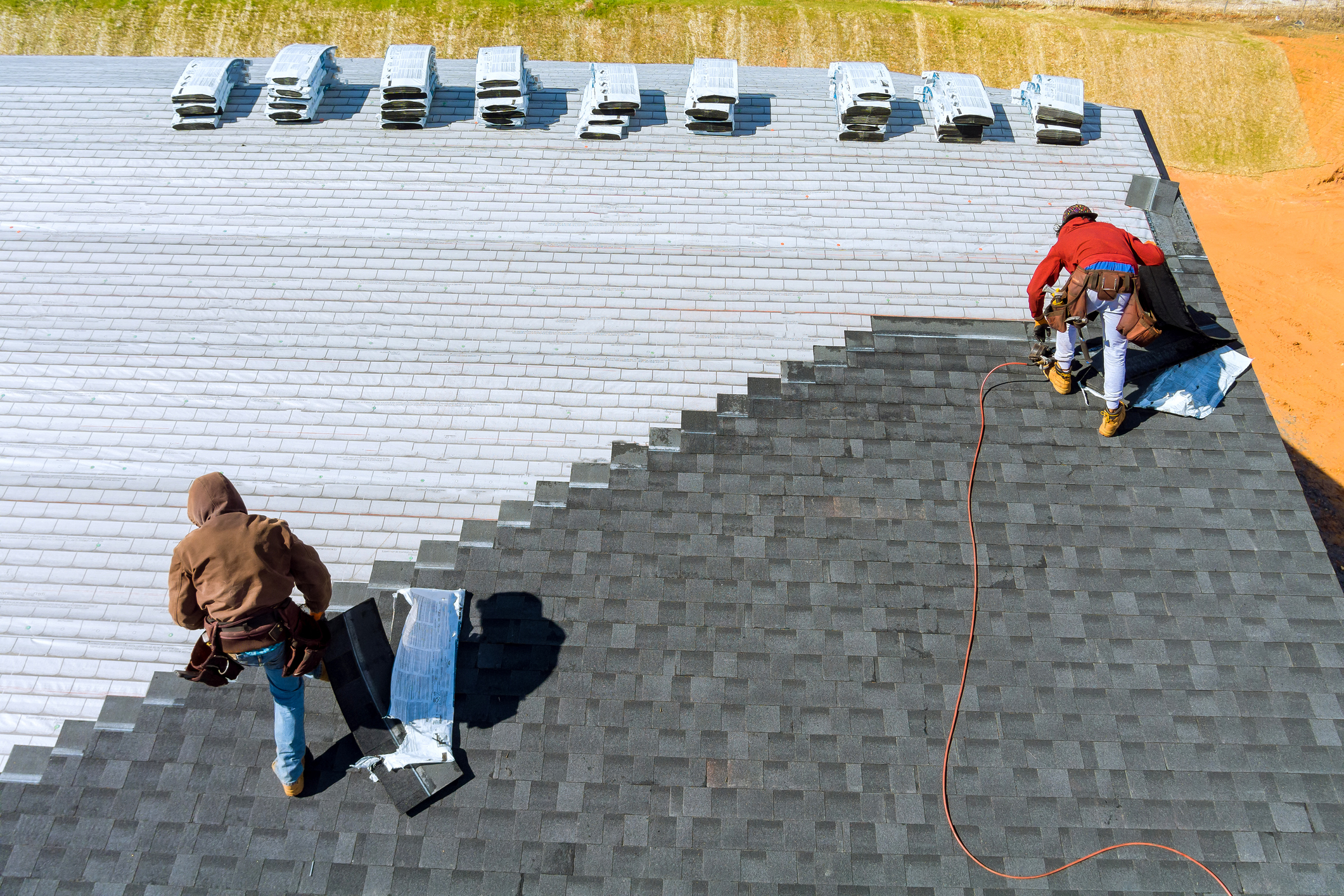
5. Roofing
Cost: About $120 to $150 or more per 100 square feet for asphalt shingles. Metal roofing may cost $200 to $900 per 100 square feet. With installation, total costs may run $5,000 to $15,000 or more.
Savings: About 7% to 15% of total cooling costs, according to the Cool Roof Rating Council.
Tax credit: 30% of the cost of certified metal and asphalt roofs with pigmented coatings or cooling granules to reduce heat gain (installation costs aren’t eligible) up to $1,200. Installation costs do not qualify.
“Cool roofs” reflect sunlight more effectively than standard roofs, cutting down on heat absorption and potentially lowering surface temperatures by 50 degrees or more. Energy Star–certified roof products may reduce peak cooling demand by 10% to 15% in the hottest months.
On the downside, cool roofs can increase heating costs in the winter, although “this annual heating penalty is usually small compared with the annual cooling savings, because roofs in cold climates tend to receive much less sunlight in winter than in summer,” according to the Cool Roof Rating Council. Using cool materials often makes the most economic sense if you have a flat roof because of how heat is distributed underneath it in your home.
White roofs are the most reflective, providing the greatest potential for energy savings. But you may be able to find qualifying materials in darker, more traditional colors. Asphalt roofs cost less than metal roofs, but metal is more durable, potentially lasting for decades longer than asphalt roofs.
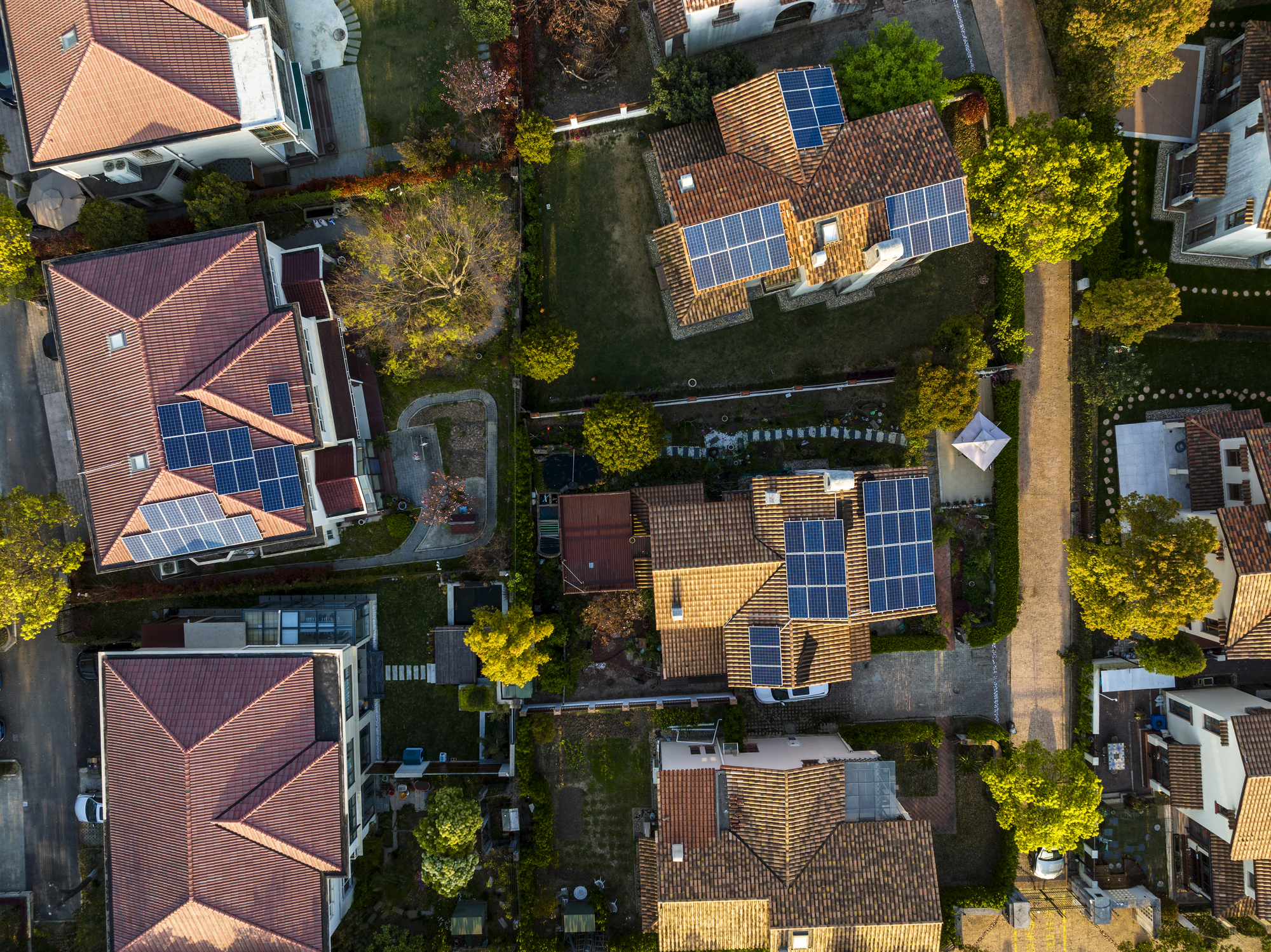
6. Solar panels
Cost: An average $2.75 per watt, according to EnergySage. Many homeowners install a system of about 10.8 kilowatts, for a total of $20,948 before tax credits and other incentives.
Savings: As much as 100% of the cost of your electric bills. Recouping the cost of installing solar power in savings on your energy bills typically takes anywhere from five to 12 years. In some states, you can also sell offsets back to your utility company, earning more in savings.
Tax credit: 30% for solar projects placed in service by the end of 2032.
Harnessing the sun’s rays to power your home has become a more appealing prospect thanks to falling prices for solar panels, as well as tax credits and other breaks that take a significant chunk out of the bill. The 30% federal tax credit would cut the $20,948 average price for installing an 10.8-kilowatt system down to $14,699.60, and your state, locality or utility company may offer more incentives.
In deciding whether and how to install solar panels, you have a few major considerations, says Vikram Aggarwal, CEO and founder of EnergySage, an online marketplace where homeowners can collect bids from solar-energy installers. First, you need somewhere to put the panels — most homeowners install them on their roof, but those with plenty of land may put them in their backyard. If you want to place panels on your roof, it must have enough space to accommodate them and receive adequate sunlight, with minimal blockage from trees or buildings. Panels are typically installed on the south-facing side of a roof.
You also have to evaluate the size of the system you’ll need, based on your electricity consumption. Generally, you can get by with a smaller system in a sunny climate than you can for a similar home in areas that receive less sunlight. EnergySage has a calculator to help you judge how large of a system you may need and how much you could save by installing solar panels.
Overall costs will typically be lowest and savings highest with a solar-power system you purchase outright. With a lease, you host a solar-power system and send the solar company a fixed monthly payment. With a power purchase agreement (PPA), you pay the company for the electricity that the system you host generates. A lease or PPA may have no up-front cost for you, but you don’t get the tax credit because you don’t own the system.
Alternatively, you can finance a solar system with a loan. Tapping a home-equity line of credit is also a wise option. Compare the best rates from Bankrate here:
Or you may be able to obtain a solar loan through your installer or from a bank or credit union. Online lender LightStream recently offered rates ranging from 7.49% APR to 8.79% APR on a $20,000 loan. Typically, the shorter term you do with these kind of loans, the lower the interest rate is.
Solar renewable-energy certificates, or SRECs, allow homeowners in some areas — including Maryland, Ohio, Pennsylvania and Washington, D.C. — to sell the energy their solar power systems generate to utility companies. Each 1,000 kilowatt-hours of electricity your system produces is one SREC, and each SREC may be worth anywhere from about $10 or $20 up to a few hundred dollars.
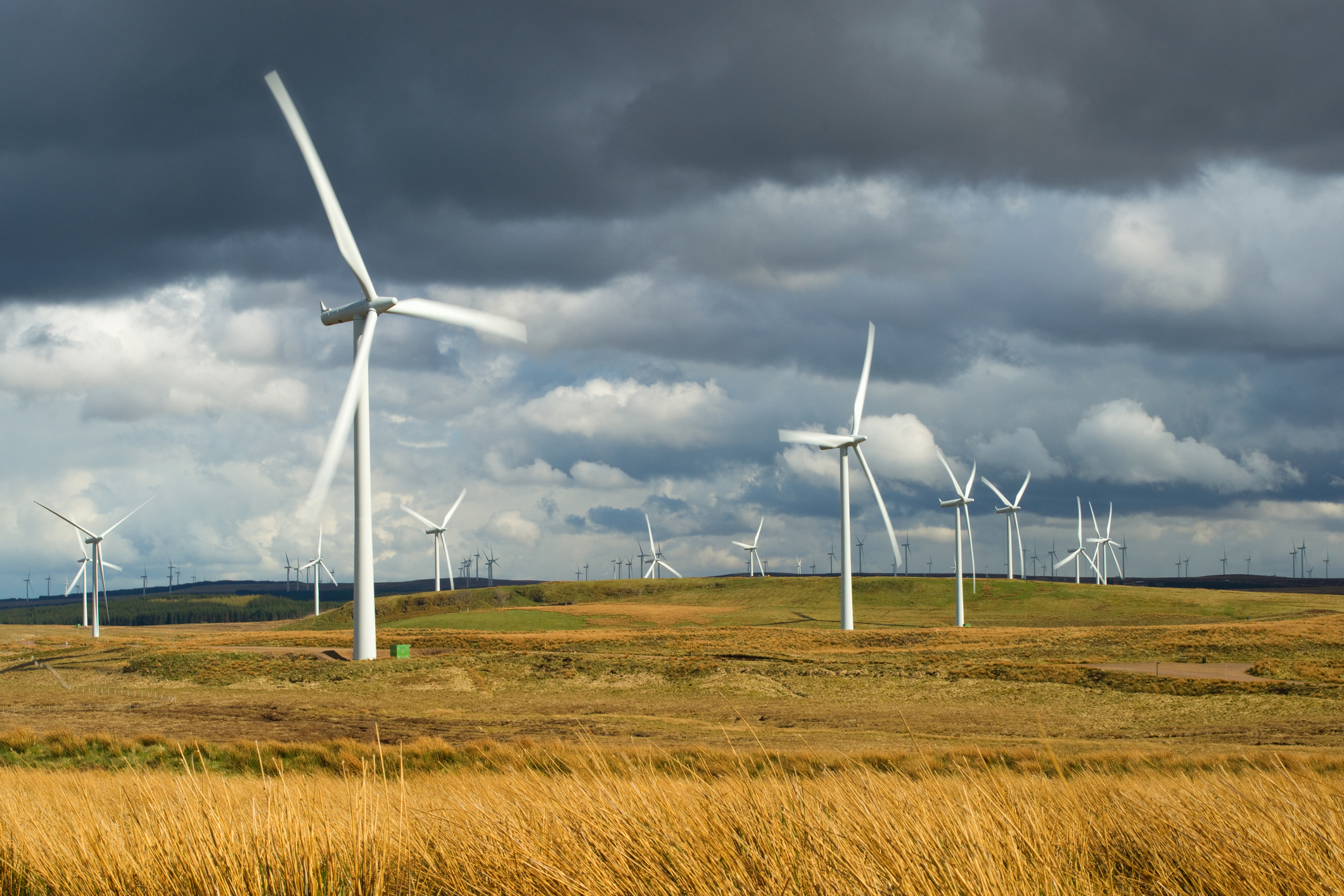
Is a wind turbine right for you?
The potential for wind power isn’t limited to the massive wind farms scattered across the U.S. plains or the clusters of windmills in farmers’ fields. In fact, the federal government offers a tax credit of 30% through 2032 for those who install a small wind turbine at their residence. But unless you have a lot of land, consistent winds and significant cash to invest, a wind-energy system probably doesn’t make sense.
Generally, you need at least one to two acres of clear land to put up a wind turbine. It should be placed upwind of buildings and trees and stand at least 30 feet higher than any object within 300 feet of it, according to the U.S. Department of Energy. Many towers are at least 80 to 100 feet tall. That may be a problem if your community has zoning requirements that restrict the height of structures on residential properties. Your region should have average wind speeds of at least 10 miles per hour to power a turbine.
For a turbine that can produce 10 kilowatts of power — which could supply enough energy for a 2,500-square-foot house that uses about 2,000 kilowatts of electricity per month — you may pay upward of $50,000 before tax breaks or rebates.
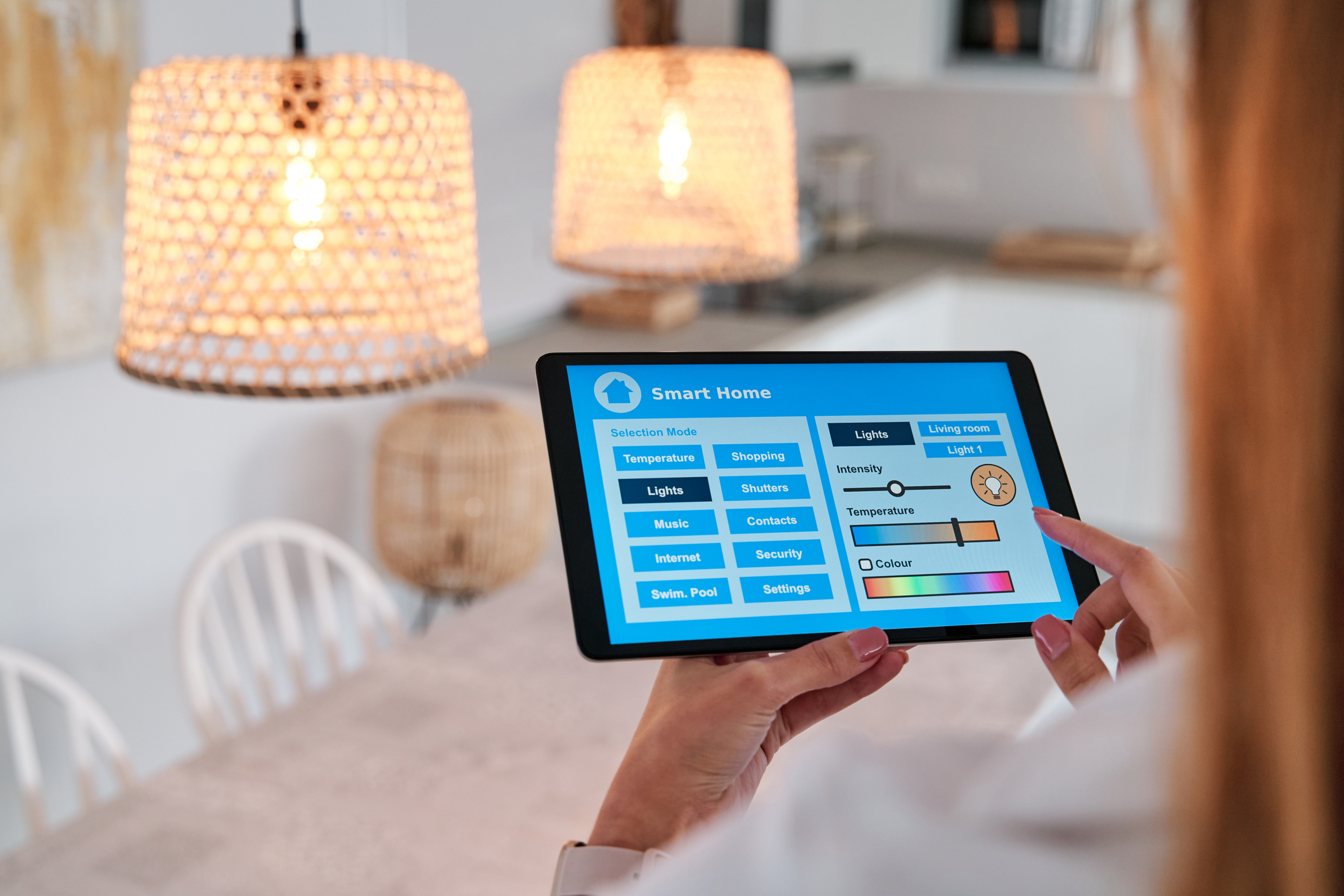
Other ways to trim your energy bill
These environmentally friendly products don’t qualify for a federal tax break, but check EnergyStar.gov or your utility provider for rebates.
Light bulbs. Although compact fluorescent lights (CFLs) and light-emitting diodes (LEDs) can initially cost a little more than standard light bulbs — typically about $2 more for each CFL and $4 more for LEDs — they ultimately save you money because you spend less on your energy bill. They also last longer than incandescent light bulbs. The Department of Energy says that households that replace incandescent bulbs in the five most-used fixtures with Energy Star bulbs can save $75 annually.
Energy Star appliances. Energy Star–rated appliances are another great way to reduce your energy bill. For example, using soil sensors, improved water filtration and more-efficient jets, the latest Energy Star dishwashers (ranging from about $700 to $2,000) will save, on average, 3,870 gallons of water over their lifetime. A list of the most-efficient Energy Star appliances is at http://energystar.gov/most-efficient.
Power strips. Even electronics that are turned off use electricity when they are plugged in, typically accounting for as much as 10% of your electric bill, according to the National Renewable Energy Laboratory. A power strip ($10 to $15) lets you easily turn off appliances plugged into it, reducing “vampire” energy usage. Smart power strips, such as timer power strips or motion-sensor power strips, can automatically turn off outlets.
Programmable thermostat. Smart thermostats, such as the Google Nest and Ecobee, which cost about $130 to $250 (check your energy company for rebates), let you control and schedule your heating and cooling settings using voice control or via an app. Many smart thermostats also come with motion sensors to help optimize your energy use. If you don’t want to tie your thermostat to your Wi-Fi (some homeowners have reported being hacked), you can also realize savings with a simple programmable model (about $20 to $150).
Home energy monitor. To get a read on your home’s energy use, try a home energy monitor. It will provide details on your energy usage and recommendations on how to save. Some energy monitors, such as the Sense energy monitor, also allow you to monitor energy production of solar panels. Cost: $299.
Related Content
Get Kiplinger Today newsletter — free
Profit and prosper with the best of Kiplinger's advice on investing, taxes, retirement, personal finance and much more. Delivered daily. Enter your email in the box and click Sign Me Up.

Lisa has been the editor of Kiplinger Personal Finance since June 2023. Previously, she spent more than a decade reporting and writing for the magazine on a variety of topics, including credit, banking and retirement. She has shared her expertise as a guest on the Today Show, CNN, Fox, NPR, Cheddar and many other media outlets around the nation. Lisa graduated from Ball State University and received the school’s “Graduate of the Last Decade” award in 2014. A military spouse, she has moved around the U.S. and currently lives in the Philadelphia area with her husband and two sons.
- Donna LeValleyRetirement Writer
- Sean JacksonPersonal finance eCommerce writer
-
 The AI Doctor Coming to Read Your Test Results
The AI Doctor Coming to Read Your Test ResultsThe Kiplinger Letter There’s big opportunity for AI tools that analyze CAT scans, MRIs and other medical images. But there are also big challenges that human clinicians and tech companies will have to overcome.
By John Miley Published
-
 The Best Places for LGBTQ People to Retire Abroad
The Best Places for LGBTQ People to Retire AbroadLGBTQ people can safely retire abroad, but they must know a country’s laws and level of support — going beyond the usual retirement considerations.
By Drew Limsky Published
-
 Best Places for LGBTQ People to Retire Abroad
Best Places for LGBTQ People to Retire AbroadLGBTQ people can safely retire abroad, but they must know a country’s laws and level of support — going beyond the usual retirement considerations.
By Drew Limsky Published
-
 A Confident Retirement Starts With These Four Strategies
A Confident Retirement Starts With These Four StrategiesWork your way around income gaps, tax gaffes and Social Security insecurity with some thoughtful planning and analysis.
By Nick Bare, CFP® Published
-
 6 Luxury Waterfront Homes for Sale Around the US
6 Luxury Waterfront Homes for Sale Around the USFrom private peninsulas to lakes, bayous and beyond, Kiplinger's "Listed" series brings you another selection of dream homes for sale on the waterfront.
By Charlotte Gorbold Published
-
 Could You Retire at 59½? Five Considerations
Could You Retire at 59½? Five ConsiderationsWhile some people think they should wait until they're 65 or older to retire, retiring at 59½ could be one of the best decisions for your quality of life.
By Joe F. Schmitz Jr., CFP®, ChFC® Published
-
 Widow's Penalty: Three Ways to Protect Your Finances
Widow's Penalty: Three Ways to Protect Your FinancesHigher Medicare premiums, smaller Social Security payments, bigger tax bills … Financial changes can hit hard when a spouse dies. How to counter the blow.
By Ashley Terrell, IAR Published
-
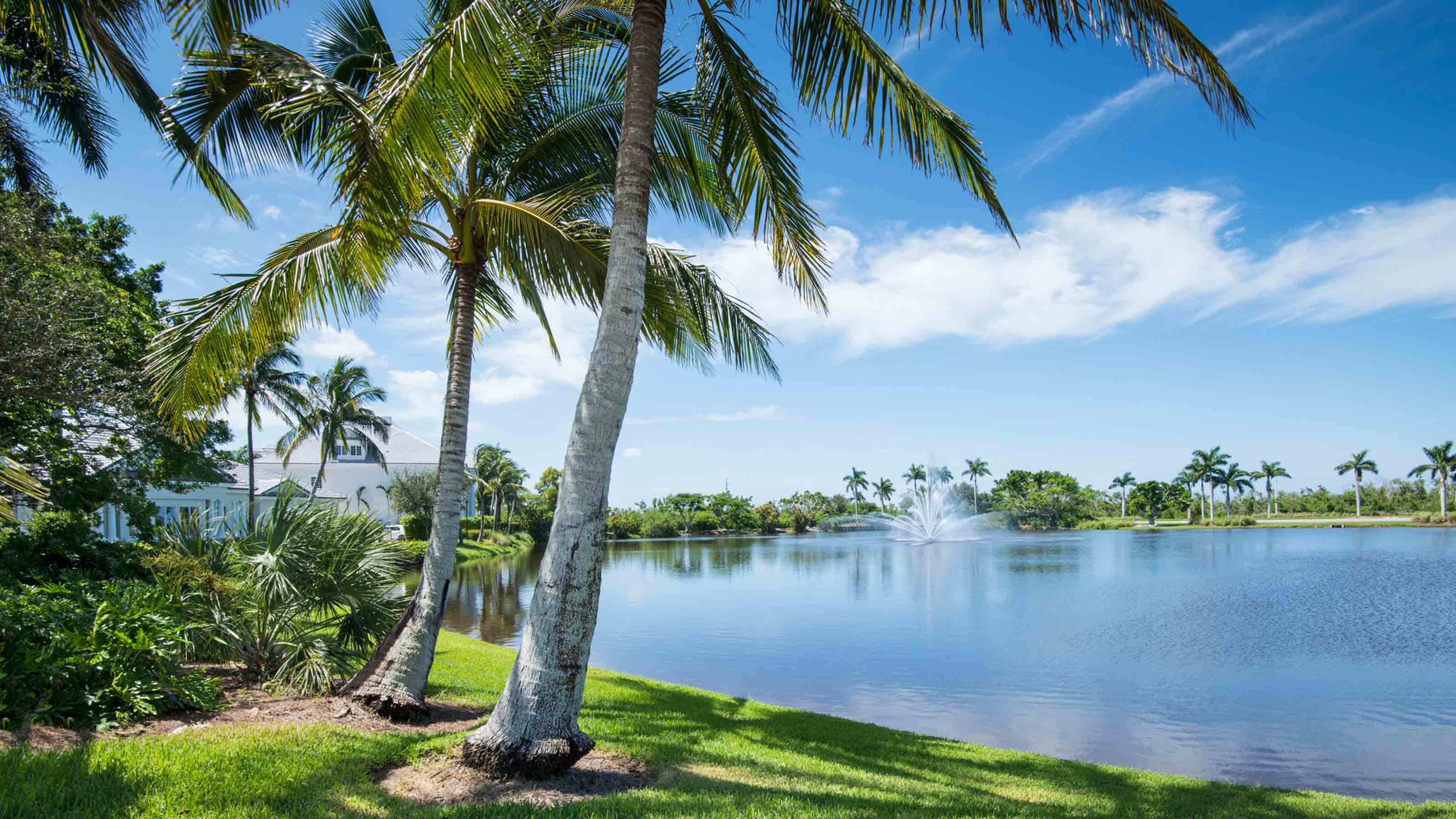 Six Best Places to Live in Florida
Six Best Places to Live in FloridaPlaces to Live Florida offers a range of cities where you’re never far from the sound of lapping waves.
By Drew Limsky Published
-
 How to Use H&R Block Tax Prep Software to File Your 2024 Tax Return
How to Use H&R Block Tax Prep Software to File Your 2024 Tax ReturnHere’s what you need to know if you want to file your taxes with H&R Block’s tax prep software this year.
By Rachael Green Published
-
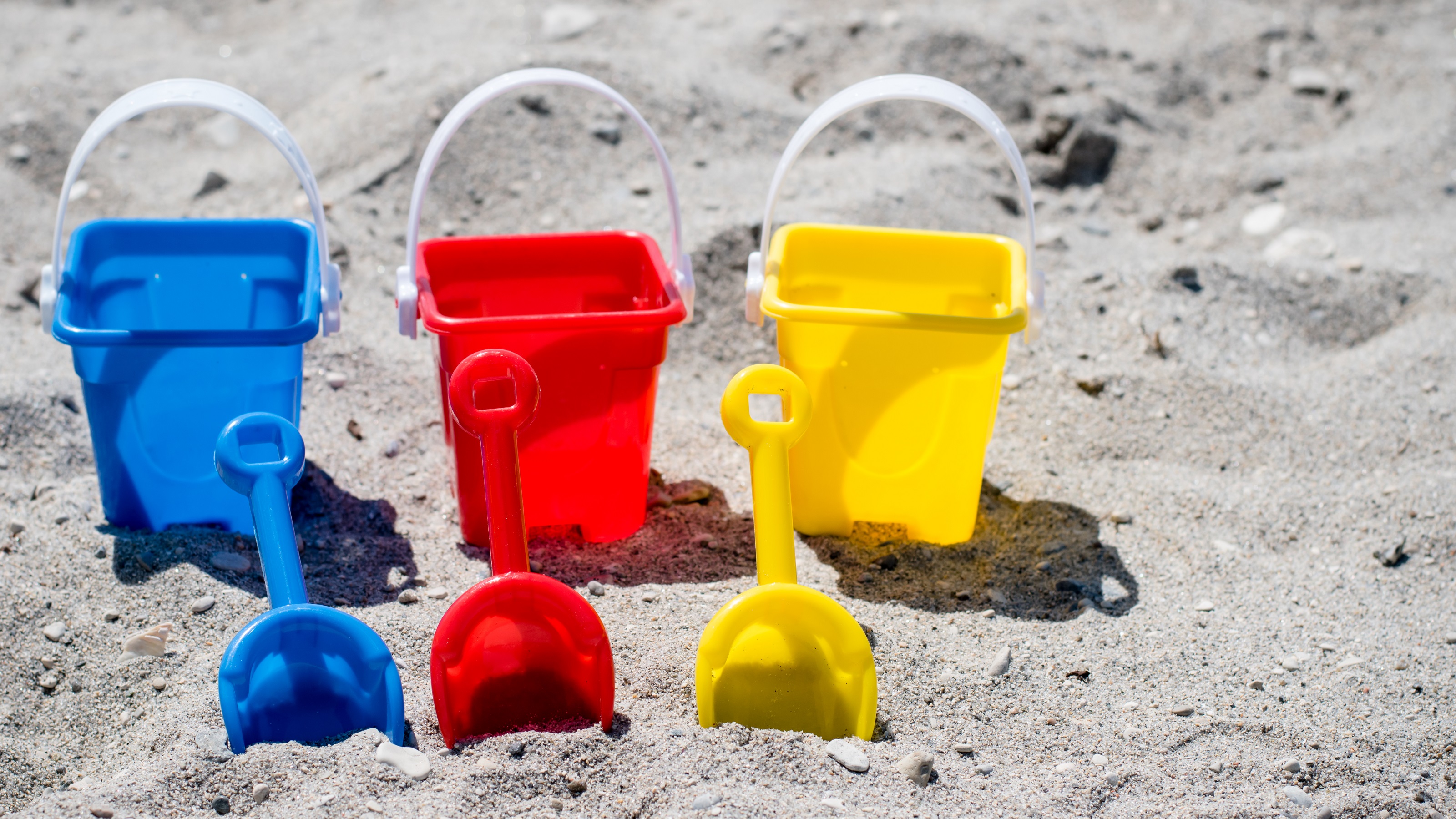 Reduce Your Retirement Tax Risk With the Three-Bucket Strategy
Reduce Your Retirement Tax Risk With the Three-Bucket StrategySplitting retirement funds into three buckets with distinct tax treatments can help you avoid a nasty tax bill down the line. Here's how the strategy works.
By Bryan S. Slovon, Investment Adviser Published